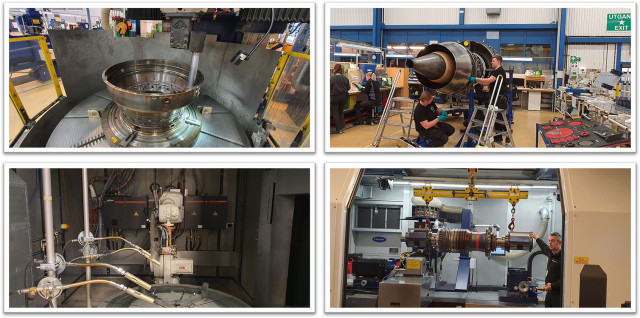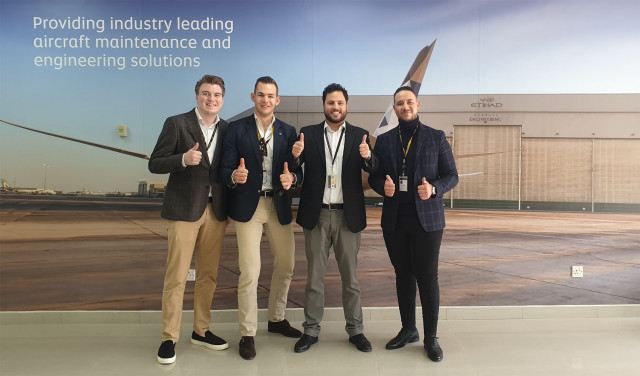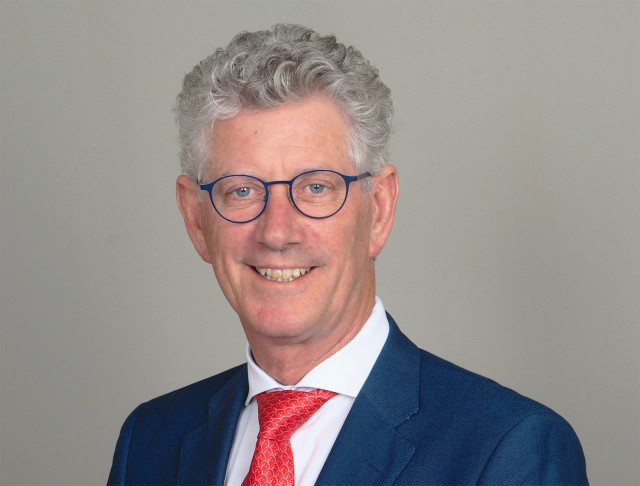Aero Norway is focusing its energies on a dedicated strategy that will see stability and investment deliver tangible customer benefits.ÿ The plan is underpinned by a rigorous evaluation of processes and procedures, covering all areas of the business from the development of its team to the augmentation of its industry-renowned capabilities.
CEO, Glenford Marston, put extensive measures in place during 2020/21 to ensure that the engine MRO specialist was well placed to flex with prevailing market forces and able to sustain its commitment to fast turn-around times.ÿ ?To maintain a premium service for our customers - MROs, independent engine owners and leasing companies - we took steps to underpin the business in three ways:ÿ financial support to deliver working capital; sourcing of repair partners to complement our flexibility of workscope, and the development of highly trained engineers to ensure continuity of skill sets,? comments Marston.ÿ ?Investment in our people and processes is ultimately an investment in our future.?
?In the current environment, many customers do not want to pay for a full performance restoration,? explains Marston. ?Aero Norway has adapted to provide a wider range of options and we?re very capable of completing ?surgical strikes? and can improve EGT margin without the need to complete a core performance restoration. If an operator wants to fly out the remaining LLP life but needs to improve EGT margins then they know they can contact us with confidence.?
Aero Norway has an active trading programme including the buying and selling of used material and the teardown of engines for parts. ?The volume of material for the CFM56-3 engine has fallen over the past five years,? explains Marston. ?Yet in 2021 Aero Norway completed workscopes on over forty CFM56-3 engines. Pre-pandemic it was believed that the number of CFM56-3 engines passing through our facility would decline as the impetus moved towards the CFM56-5B/-7B series. However, a significant uptick in utilisation rates by many 737 CL freighter operators translated to an urgent requirement for the completion of several maintenance tasks on the legacy engine type.
Marston goes on to say that Aero Norway?s focus on CFM56-5B/-7B engines is only partially driven by the high number of upcoming A321 and 737-800 P2F conversions. The effect of the 737MAX delay has also meant that many -5B/7B engines have remained on-wing for a longer than planned and these will soon require a variety of shop visits.
The CFM56-5B is the engine choice of the global A320 family due to its high reliability and durability, and the CFM56-7B is exclusively powering the B737 NG ? making it the most popular engine combination in commercial aviation.ÿ To support its activities, the Company has made significant investments in upgrades to its equipment with the addition of high-speed grinding and plasma spraying machines.
In addition to investments in operations, Aero Norway is looking to augment its -5/-7 customer portfolio whilst maintaining its -3 customer base and increasing its competitive edge. The Company?s plans for 2022 also incorporate its continued commitment to lean excellence, as well as implementation of a path toward digitalisation and expansion of internal repair capabilities.ÿ Marston confirms that the Company will begin its introduction to phase one of its scheduled LEAP 1A/1B capabilities in Q4, 2023.
ÿ




